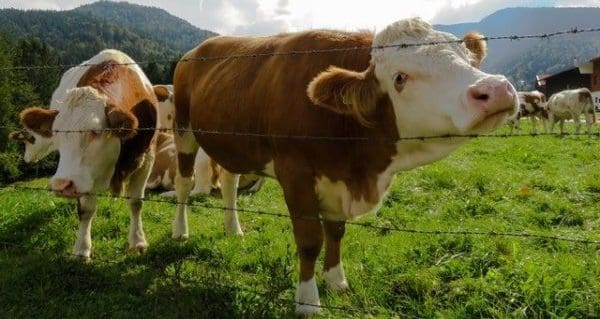The late spring of 2018 has resulted in many producers having to rely upon stored feed longer than normal. Many producers are anxiously looking forward to the sight of green grass, so cattle can be turned out to pasture. Unfortunately there is a downside to turning cattle out too early, and that is pasture health can easily deteriorate when grazing occurs too early in the season.

Trevor Lennox, Regional Forage Specialist,
Ministry of Agriculture
First off, let’s review what growing conditions were like last year. The abnormally dry conditions in 2017 significantly reduced forage production, forcing many producers to graze their pastures heavier than normal. This higher than normal utilization on pastures caused them to go into winter with minimal litter cover and reduced carbohydrate reserves.
[emember_protected for=”2″ custom_msg=’For more on this story, please see the Apr. 20 print edition of The Cross Roads.’]
Looking ahead to 2018, something that can be controlled on your livestock operation is the date of turnout on pastures, with considerable impact on pasture health and productivity. This will mean another source of feed (i.e., hay) will have to be sourced in order to delay the date of turnout.
To maintain healthy tame or native pasture, spring grazing should only begin after the 3 to 3.5 leaf stage has been attained by grasses. On native range, this stage usually equates with mid to late June. Tame grasses reach this stage much earlier. Fertilizing tame forage in the early spring has been found to stimulate early growth, resulting in a greater amount of forage early in the growing season.
The concept of starting grazing at the right time is desirable from a forage productivity standpoint. Grazing too early can reduce forage production significantly for the remainder of the growing season. As a rule of thumb, a one day delay in spring grazing can add three days of grazing in the fall. Since grazing is the cheapest way to feed a cow, it makes economic sense for producers to do those things that will increase the forage production of their land.
If you cannot delay grazing on all pastures, then alternate the pastures or paddocks grazed first in the spring (i.e. start grazing in a different paddock each year). Allowing the early grazed pasture a longer rest period after grazing will also help it recover quicker.
In summary, date of turnout in the spring is one factor that can influence both short term and long term pasture productivity, and therefore, economic viability.
For further information on managing perennial pastures, you can contact Trevor at the Saskatchewan Agriculture office in Swift Current at 778-8294, or email [email protected].

